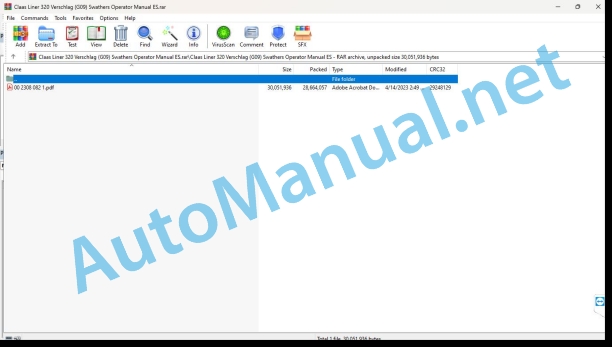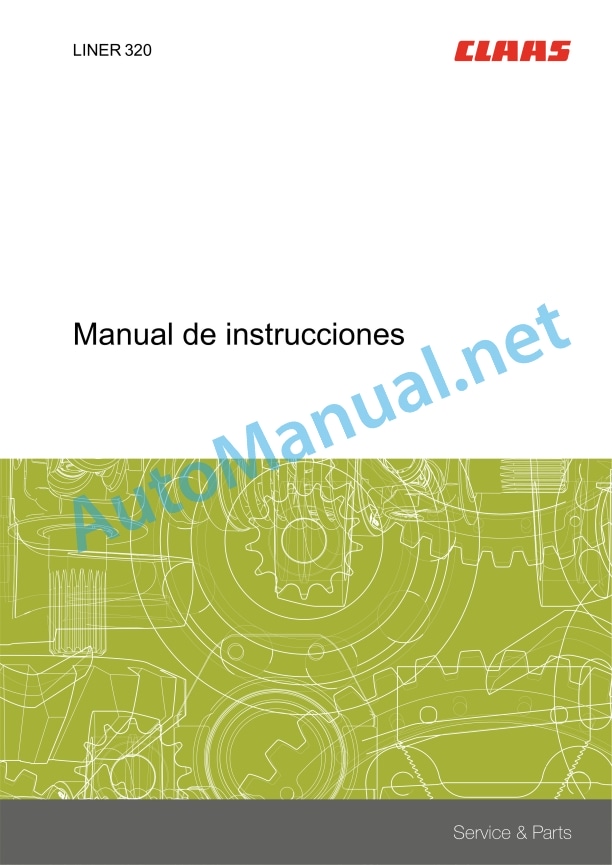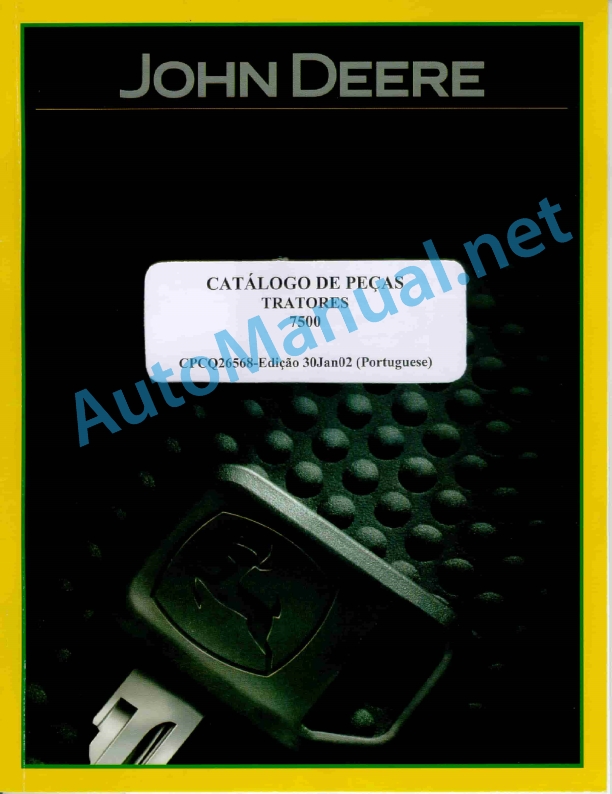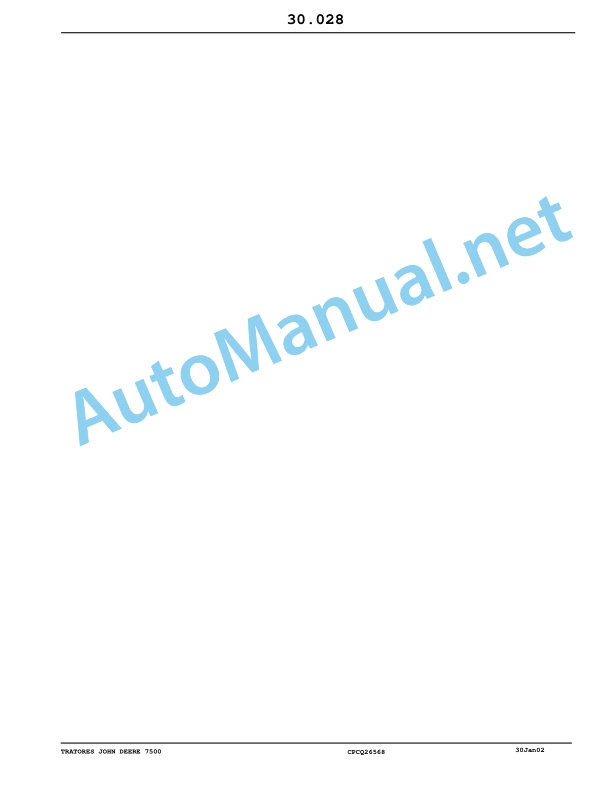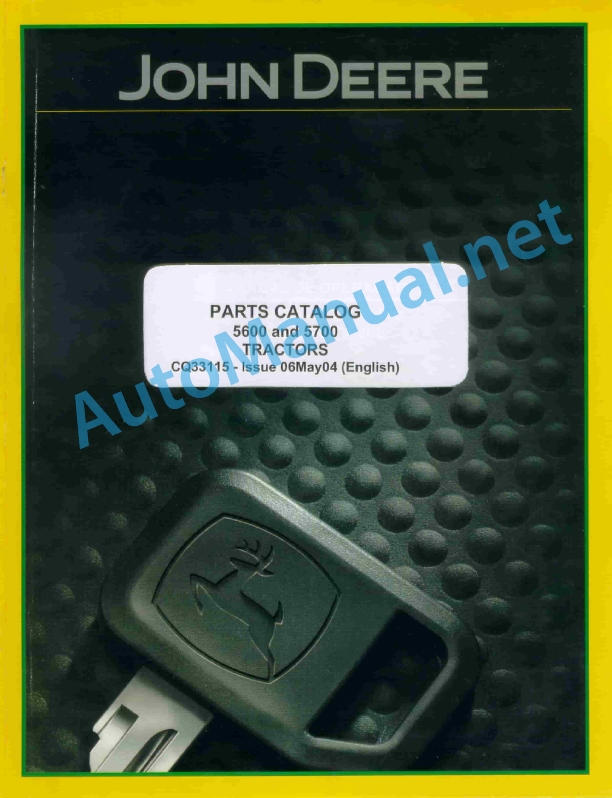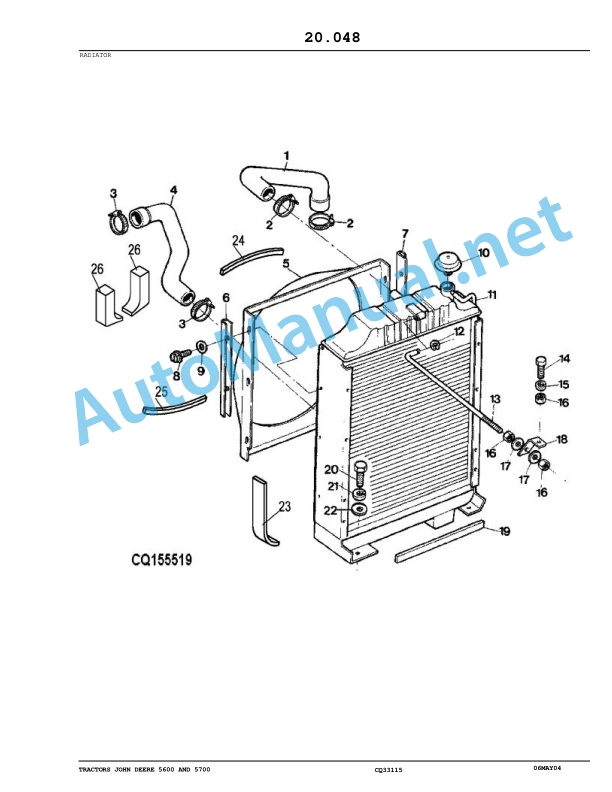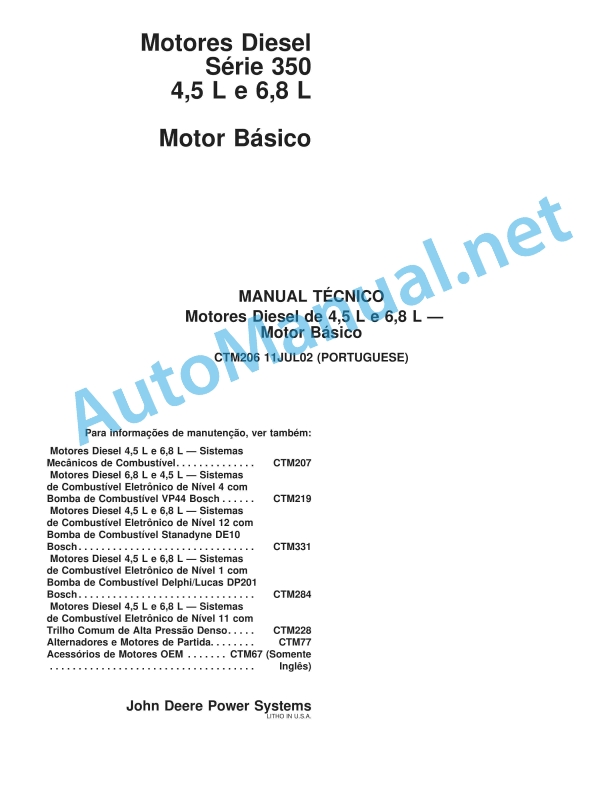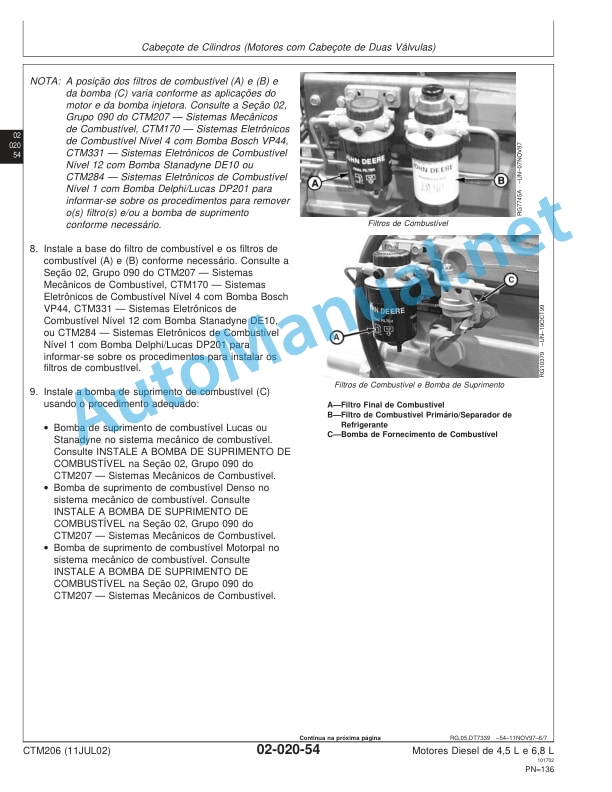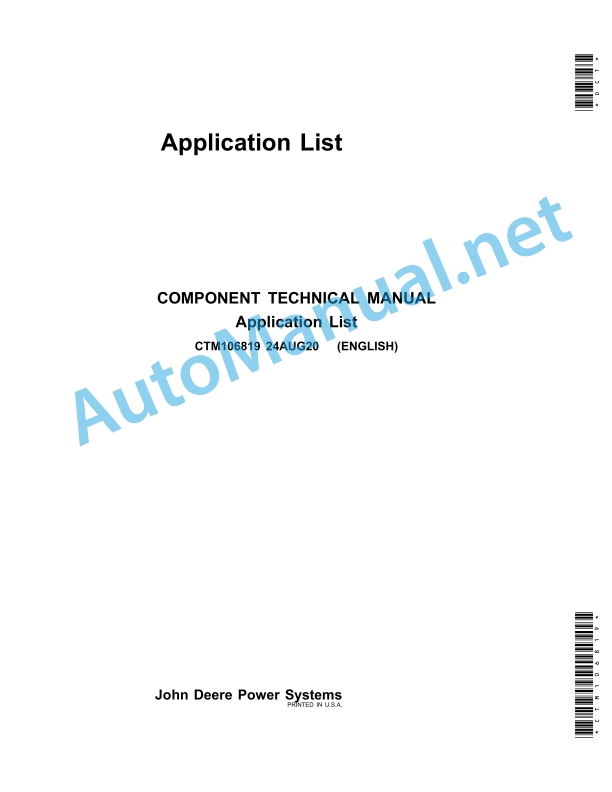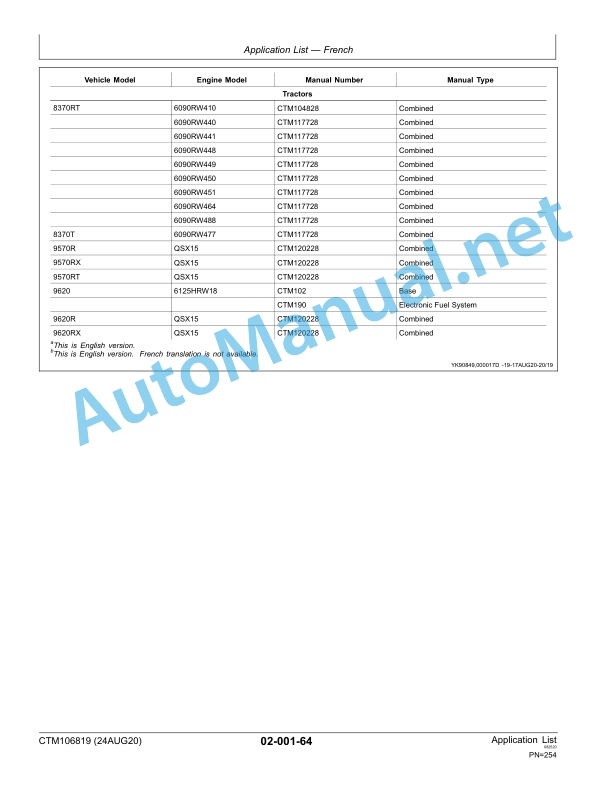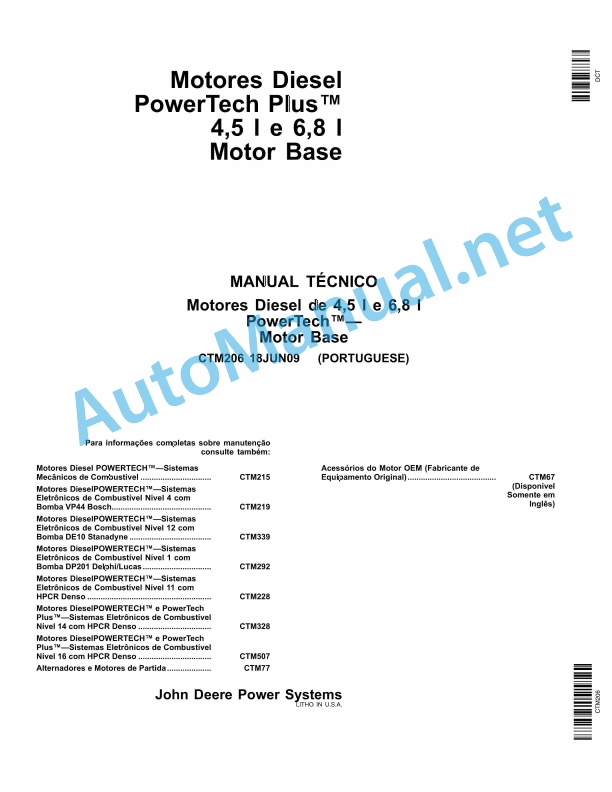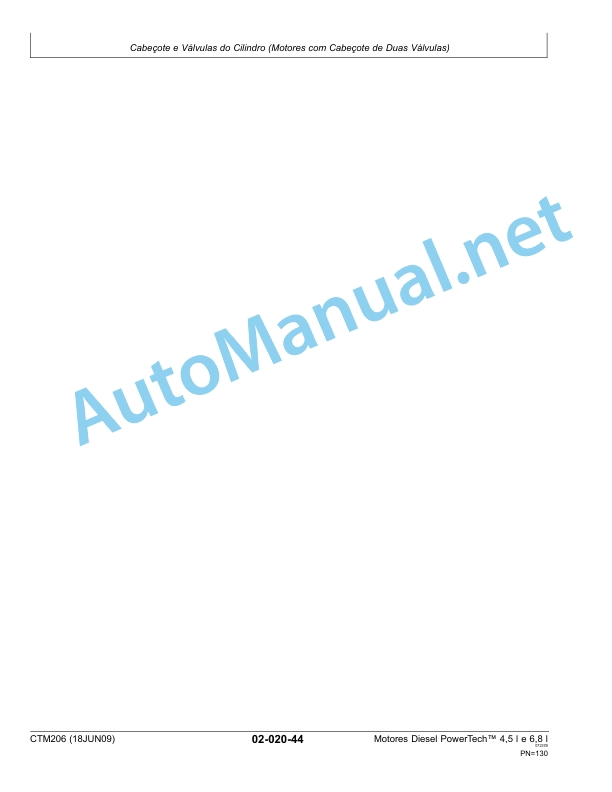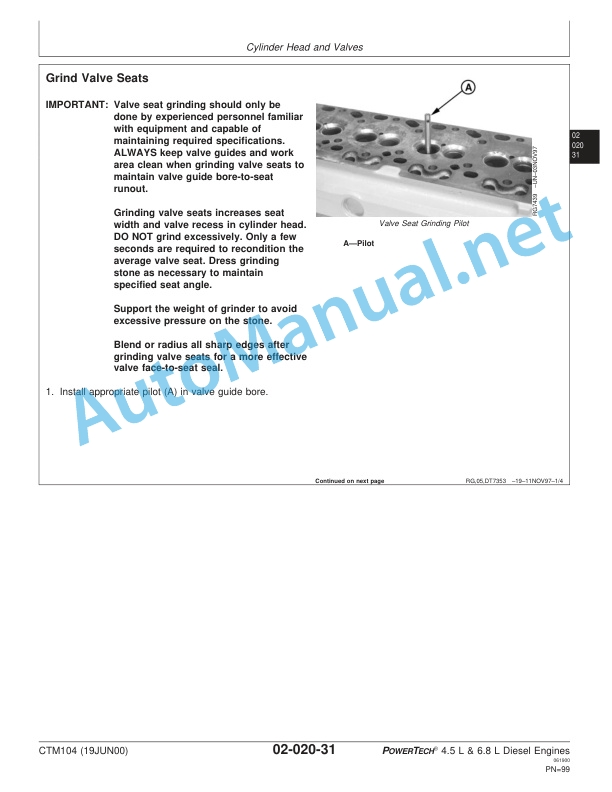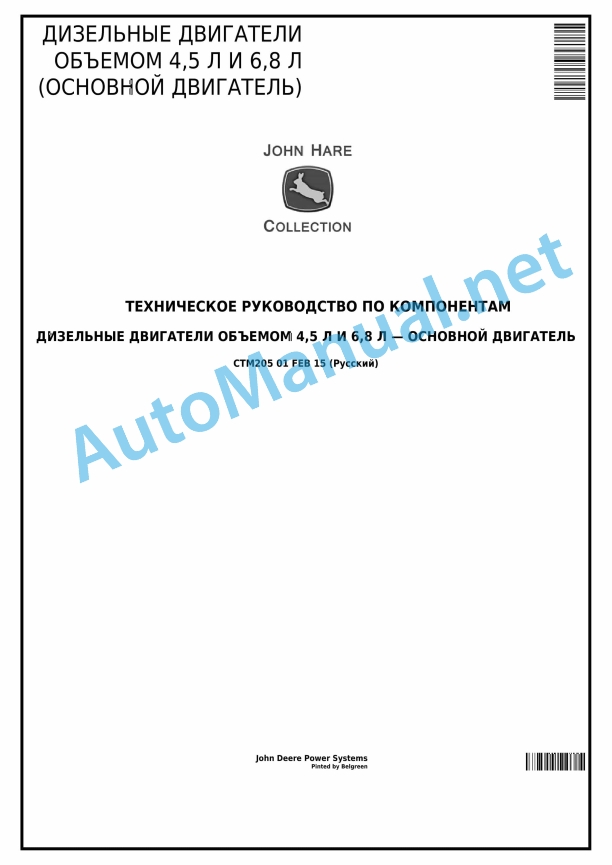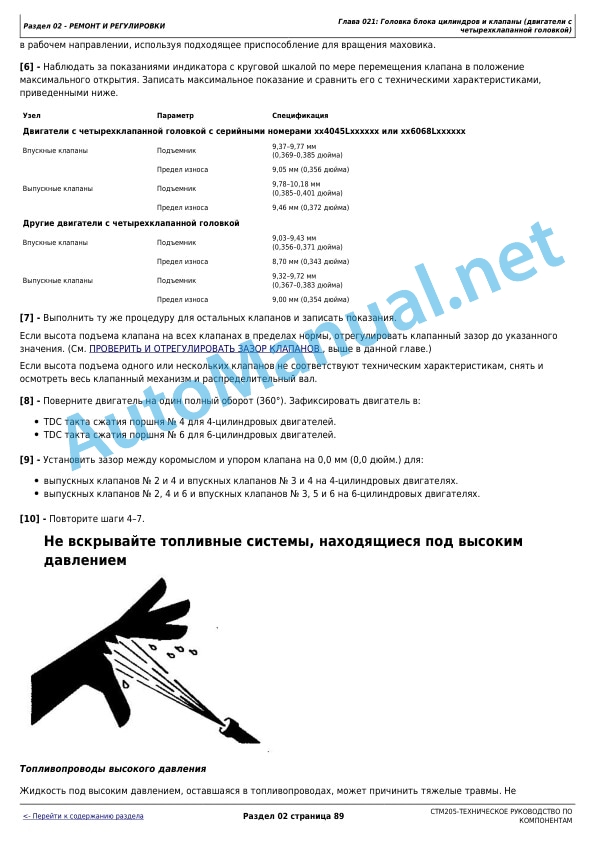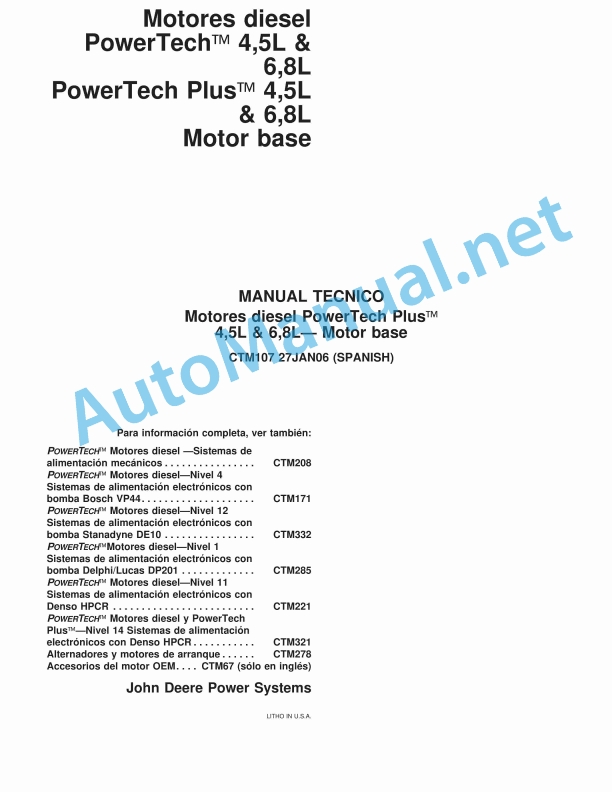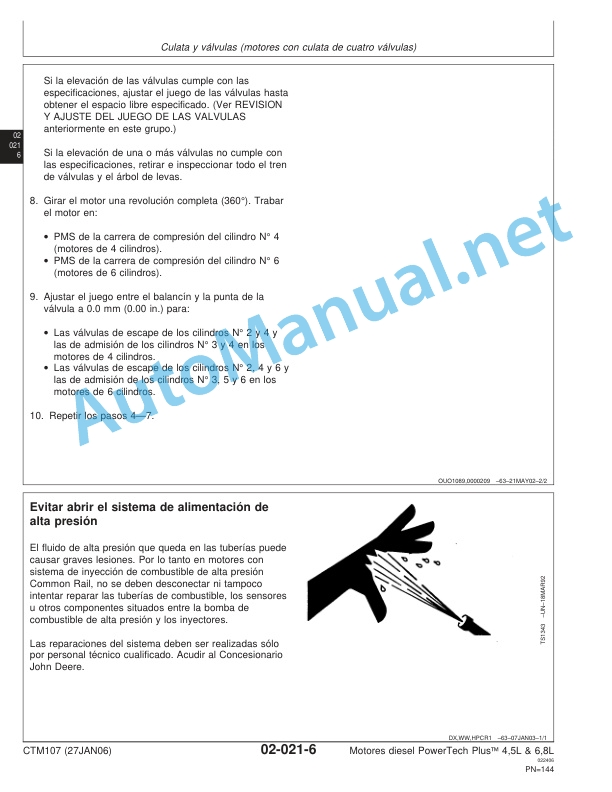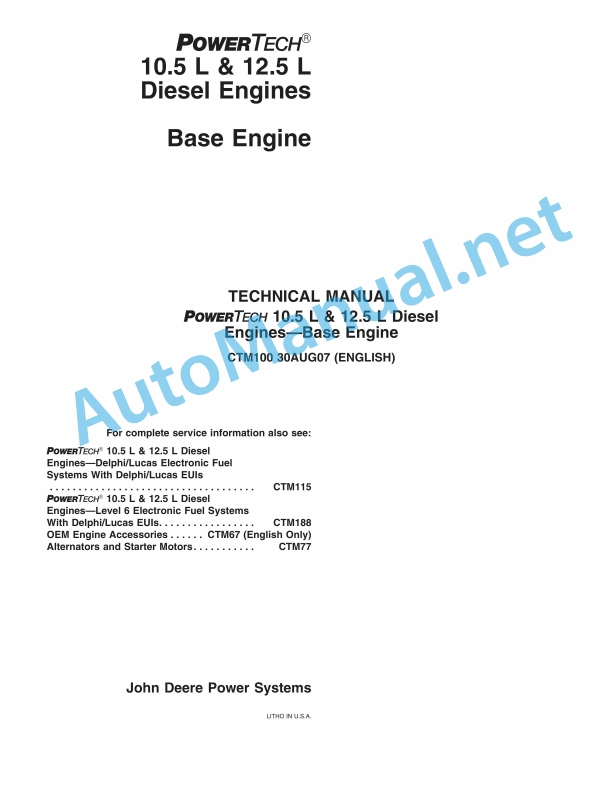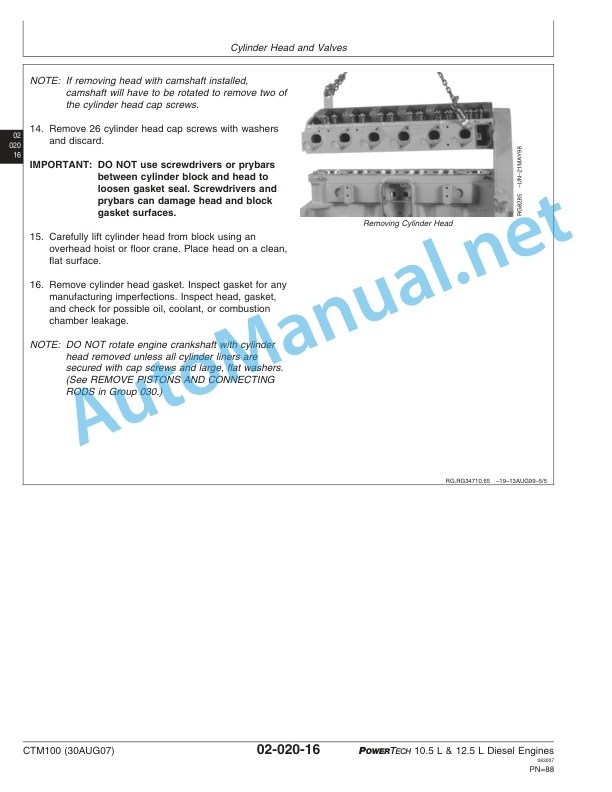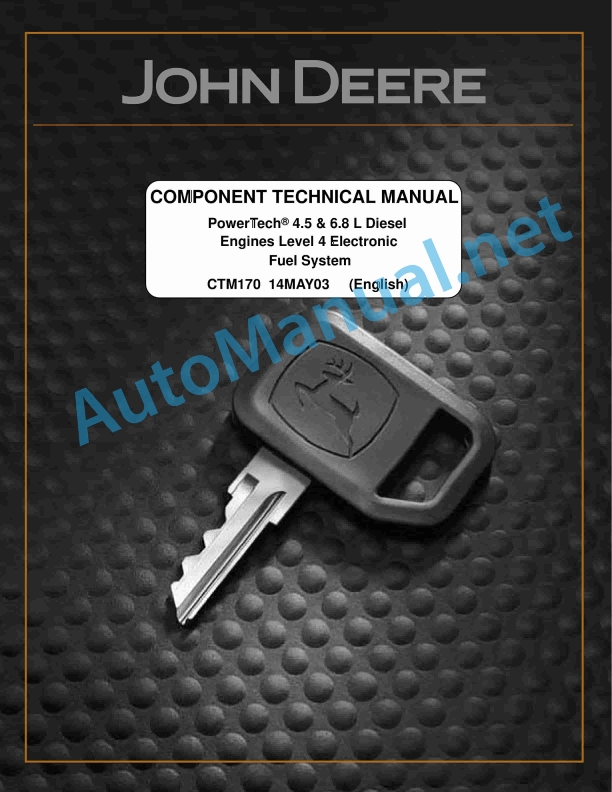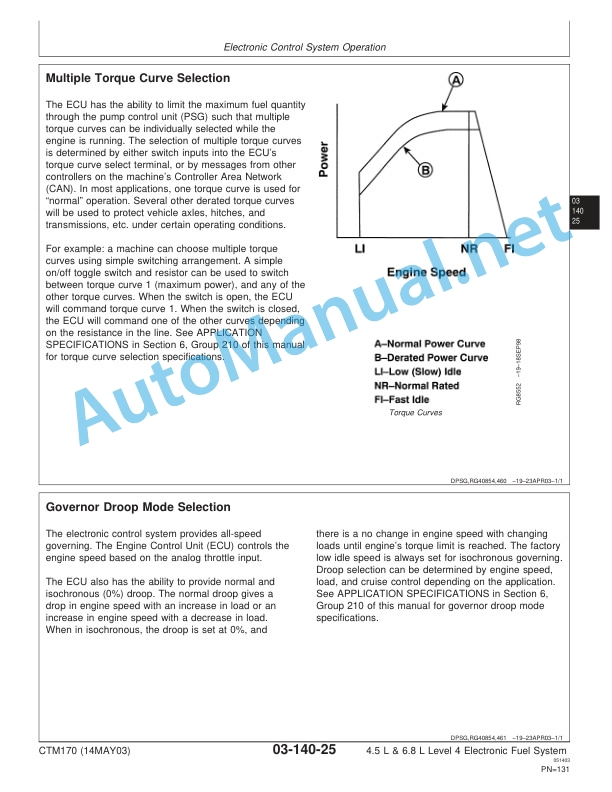Claas Liner 320 Verschlag (G09) Swathers Operator Manual ES
$50.00
- Model: Liner 320 Verschlag (G09) Swathers
- Type Of Manual: Operator Manual
- Language: ES
- Format: PDF(s)
- Size: 27.3 MB
File List:
00 2308 082 1.pdf
00 2308 082 1.pdf:
LINER320
1. Introduction
1.1 Information regarding the instruction manual
1.1.1 Validity of the manual
1.1.2 Information relating to this instruction manual
1.1.3 Symbols and indications
1.1.4 Optional equipment
1.1.5 Qualified specialized workshop
1.1.6 Maintenance instructions
1.1.7 Information regarding warranty
1.1.8 Spare parts and technical issues
1.2 Proper application of the machine
1.2.1 Proper machine application
1.2.2 Logically foreseeable inappropriate application
2 Security
2.1 Recognize warning signs
2.1.1 Danger symbols
2.1.2 Keyword
2.2 Safety instructions
2.2.1 Meaning of the instruction manual
2.2.2 Observe graphic danger symbols and alarm indications
2.2.3 Requirements for all people working with the machine
2.2.4 Children in danger
2.2.5 Danger zones
2.2.6 Position yourself between the tractor and the machine
2.2.7 Accompanying persons
2.2.8 Couple the tractor with the machine
2.2.9 Risk of injury due to rotating shafts
2.2.10 Construction changes
2.2.11 Optional equipment and spare parts
2.2.12 Control of the machine in operation
2.2.13 Operation only after correct commissioning
2.2.14 Technical status
2.2.15 Danger due to machine breakdowns
2.2.16 Comply with technical limit values
2.2.17 Danger due to coasting parts
2.2.18 Keep protective devices operational
2.2.19 Personal protective equipment
2.2.20 Wear appropriate clothing
2.2.21 Remove dirt and loose objects
2.2.22 Prepare the machine for road traffic
2.2.23 Dangers when driving on the road and in the countryside
2.2.24 Park the machine safely
2.2.25 Parking without supervision
2.2.26 Unsuitable consumables
2.2.27 Safe handling of consumables and auxiliary materials
2.2.28 Fire protection
2.2.29 Environmental protection and waste disposal
2.2.30 Deadly electrical discharge through overhead lines
2.2.31 Behavior in the case of an overhead line voltage transfer and lightning strike
2.2.32 Liquids under pressure
2.2.33 Hot surfaces
2.2.34 Work only on the stopped machine
2.2.35 Maintenance work and repair work
2.2.36 Machine parts and lifted loads
2.2.37 Danger from welding work
2.3 Safety signage
2.3.1 Structure of graphic hazard symbols
2.3.2 Position of warning symbols on the machine
3 Machine Description
3.1 Summary and operation
3.1.1 Machine overview
3.1.2 Machine operating mode
3.2 Optional equipment
3.2.1 Insertable fork 8 components*
3.2.2 Warning signs*
3.2.3 Illuminated warning signs*
3.2.4 Warning signs Italy*
3.2.5 Legal equipment France*
3.3 Identification plates and identification numbers
3.3.1 Machine identification plate
3.4 Machine information
3.4.1 Adhesive on the machine
4 Control and display instruments
4.1 Control elements
4.1.1 Windrower rotor
4.1.2 Protection
5 Technical data
5.1 LINER320
5.1.1 Dimensions
5.1.2 Weights
5.1.3 Tractor requirements
5.1.4 Version
5.1.5 Tire air pressure
5.1.6 Noise level
5.1.7 Lubricants
6 Preparation of the machine
6.1 Adapt the tractor
6.1.1 Check the tractor ballast
Calculate the minimum front ballast
Calculate the minimum rear ballast
Calculate the actual load on the front axle
Calculate the actual total weight
Calculate the actual load on the rear axle
Calculation table
6.1.2 Check the tractor power take-off protection device
6.2 Turn off the machine and secure it
6.2.1 Shut down and secure the machine and tractor
6.2.2 Secure the lifted machine
6.3 Adapt the machine
6.3.1 Cardan shaft – check the length
6.3.2 Adapt the length of the cardan shaft
6.3.3 Assemble the cardan shaft to the machine
6.3.4 Adjusting the inclination of the swath rotor chassis
6.4 Hooking up the machine
6.4.1 Attach the support to three points
6.4.2 Assemble the cardan shaft
6.4.3 Place the support leg upwards
6.4.4 Insert the driving lighting cable
6.5 Unhooking the machine
6.5.1 Place the support leg down
6.5.2 Unplug the driving lighting cable
6.5.3 Dismantle the cardan shaft
6.5.4 Unhook the three-point support
6.6 Prepare for road traffic
6.6.1 Push the swath cloth inwards
6.6.2 Rotate the protection bar upwards
6.6.3 Remove the tine holder
6.6.4 Check before driving on the road
6.7 Prepare for use at work
6.7.1 Assemble the tine holders
6.7.2 Turn the protection downwards
6.8 Load the machine
6.8.1 Lift the machine
7 Management
7.1 Driving on the road
7.1.1 Circulation on public roads
7.2 Settings for use at work
7.2.1 Adjust the swath rotor
7.2.2 Adjust the row former
Adjust swath width
7.2.3 Adjust the working height
7.3 Use at work
7.3.1 Make rows
7.3.2 Adapt the power take-off speed
8 Incident and solution
8.1 Chassis
8.1.1 Change the swath rotor chassis wheel
8.2 Electrical and electronic system
8.2.1 Defective bulbs*
9 Maintenance
9.1 Summary of maintenance intervals
9.1.1 Before harvest
9.1.2 After the first 10 hours of service
9.1.3 After the first 50 hours of service
9.1.4 Every 20 hours of service
9.1.5 Every 50 hours of service
9.1.6 Every 500 hours of service or annually
9.1.7 After harvest
9.2 Gearbox
9.2.1 Check the tightness of the gear
9.2.2 Check the swath gear oil level
9.2.3 Change the swath gear oil
9.3 Clutch
9.3.1 Check the overload clutch
9.4 Cardan shaft
9.4.1 Maintenance of cardan shafts
9.5 Chassis
9.5.1 Check tire pressure
9.5.2 Check the wheel nuts of the swath rotor chassis
9.6 Windrower rotor
9.6.1 Check the swath gear screws
9.6.2 Check the tines
9.7 Assembly and body parts
9.7.1 Clean the machine
9.7.2 Maintain the machine
9.7.3 Check the fixing material
9.8 Greasing scheme
9.8.1 Grease points every 20 hours of service
9.8.2 Grease points every 50 hours of service
10 Decommissioning and waste disposal
10.1 General information
10.1.1 Decommissioning and waste disposal
11 EC declaration of conformity
11.1 LINER320
11.1.1 EC declaration of conformity
12 Technical dictionary and abbreviations
12.1 Terms and explanations
12.1.1 Technical vocabulary
12.1.2 Abbreviations
John Deere Parts Catalog PDF
John Deere Tractors 7500 Parts Catalog CPCQ26568 30 Jan 02 Portuguese
John Deere Repair Technical Manual PDF
John Deere Repair Technical Manual PDF
John Deere Application List Component Technical Manual CTM106819 24AUG20
John Deere Repair Technical Manual PDF
John Deere Repair Technical Manual PDF
John Deere Repair Technical Manual PDF
John Deere Repair Technical Manual PDF
John Deere Repair Technical Manual PDF
John Deere Repair Technical Manual PDF

